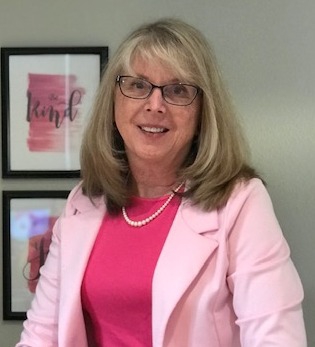It seems recently, more than in prior years, I have been hearing doctors and staff complain of the common issue of patient no-shows and its impact on scheduling and revenue. This is a big problem, and it presents the challenge of proactively resolving it for the benefit of both the practice and the patients.
Below are six points to consider when developing your system for scheduling patients and keeping the schedule full each day.
1. Understanding the Reasons:
Often when a patient misses an appointment the question is never asked as to why? If we do not know why they missed their appointment, we do not know how we can schedule them to successfully keep their appointment. Discuss some common reasons patients miss appointments. This could include forgetfulness, transportation issues, or simply not understanding the importance of the appointment. Recognizing these reasons is crucial for implementing effective solutions.
2. Improve Appointment Reminders:
Ask patients how they would like to be reminded that works successfully for them. Explore ways to enhance your appointment reminder system. Consider implementing a combination of automated text messages, emails, and phone calls. Personalize reminders with the patient's name, date, and time of the appointment. If at all possible, develop a two-way communication system with your patients as this significantly will reduce no-shows.
3. Educate Patients on the Importance:
This is an important point. If patients do not think it is a problem missing an appointment, then they will. Highlight the significance of why they need to attend their follow-up appointment at the close of the previous appointment. Make sure patients understand that the doctor has set time for them to be seen and when they do not give notice and just “no show” that appointment time is lost and limits other patients who wanted to be seen sooner from being seen. A well-informed patient is more likely to prioritize their appointments.
4. Flexible Scheduling Options:
Consider offering flexible scheduling options if possible. Some offices offer later appointments or earlier appointments on certain days. Many doctors are utilizing telemedicine, Zoom visits as they are easier for some patients to attend when this type of visit would work. When scheduling patients ask what a convenient time for their appointments would be, this helps in them keeping the appointment because they told you when they could make it.
5. Penalty Policies:
While this might not be suitable for all practices, some physicians have successfully implemented penalty policies for frequent no-shows. Make sure to communicate such policies clearly to patients in advance and ensure they understand the consequences. Highlight your no-show policy in their paperwork as you point it out and explain it to them.
6. Train Staff for Effective Communication:
Empower your office staff with effective communication skills. Ensure they can address patient concerns, provide clear instructions, and answer questions about appointments. A positive and helpful interaction can make patients feel more accountable.
While implementing all of these points will not ensure you have no no-shows taking a proactive approach not only benefits the practice's bottom line but also enhances patient care and satisfaction.
If you have questions or would like help in setting up your office policy on no-shows just email me at Tina@Toppractices.com.
